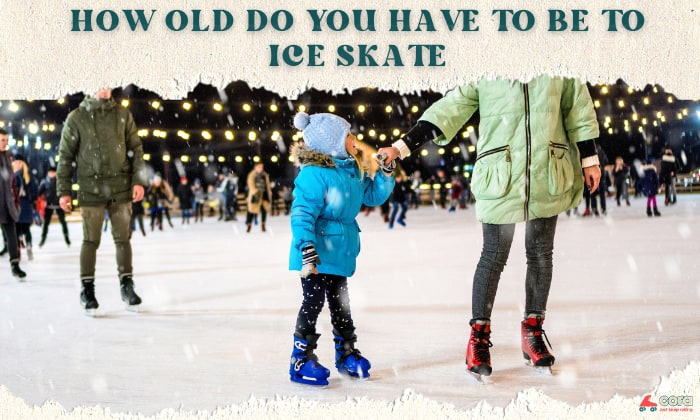A well-made roller skate is as pleasing as a new bicycle, skateboard, or wheeled vehicle. With its classy look comes a promising performance on the trail.
However, it’s not every day that we feel connected to our roller skates. Sometimes, we don’t feel they’re in the condition we need to ride comfortably. So, more often than not, we adjust them. But where can we begin modifying? The answer is the trucks!
Today, we’ll learn how to adjust your roller skate trucks. Let’s discover some ways to work around these parts while ensuring optimum performance and no wear.
Page Contents
Adjusting Your Roller Skate Trucks
The trucks are an integral part of a roller skate because they link the shoes to the wheels, can make roller skates slower, or dictate the shoes’ responsiveness. Plus, they are catalysts to the skater’s maneuvers. Here’s how to adjust them.
Step 1: Prepare the Tools
The good thing about a roller skate truck adjustment is it only needs a few tools. What’s better is you can have some more alternatives.
So, the first best thing to secure, especially for beginners, when adjusting roller skate trucks is a skate tool. This piece contains a socket, a wrench, and a screwdriver that works for skateboard and roller skate hardware.
What if you don’t have such a tool? A wrench and a screwdriver will suffice.
Step 2: Adjust the Roller Skate Trucks
Although we would only need a few tools for this tutorial, adjusting our trucks can be done in several ways. Let’s see the following methods.
Method 1: Adjusting the kingpin nuts and hanger
A skate truck that needs adjustments can be too tight or loose. Hence, we’ll discuss the workaround in both instances.
Whether tightening or loosening roller skate trucks, we should always find the kingpin nut. It’s under the skate’s boot, often covered by a rubber plug or similar cap.
So, using the tool you prepared, turn the kingpin nut clockwise to tighten it. And to loosen trucks on roller skates, turn them counterclockwise.
Tight roller skate trucks are more stable, while looser ones offer more maneuverability on the hanger.
After adjusting the kingpin nuts, you may find that the hanger can move more easily or become less wobbly.
Method 2: Adjusting the cushion
Besides the alloy or solid parts of the roller skate trucks, you may also want to adjust their cushions or bushings. This method might require more work but can improve your truck’s responsiveness significantly.
So, the first thing to do is remove your roller skate trucks using the same tools as the previous method. Next, take off the bushings and swap them if you like.
The first configuration you want to try is the more stable one, where the softer bushing sits on top of the tougher one. Switching these cushions the opposite way will make your skate trucks more responsive.
Remember to also replace the bushings if they are worn out.
Step 3: Reassembly and Testing
The next thing you want to do after adjusting your roller skate trucks is assess if your modifications have worked.
Thus, we should reassemble the skate trucks opposite to how we dismantled them. If we remove the kingpin nuts or bushings, we should reinstall them based on our preferred configuration.
Next, we test the newly adjusted trucks. Here are a few ways to do it.
- Turn test – A newly modified skate truck should be able to turn smoothly and sharp without resistance. Otherwise, you may need to readjust it.
- Roll test – This method is simple, as it will only require you to roll on your skates forward. Should you feel wobbliness or instability, you might need to recheck your trucks.
Conclusion
Perhaps almost every roller skating store delivers products neat and ready to ride. But getting a roller skate from them does not automatically mean it’s in its optimal riding condition. Sometimes, adjustments are necessary to improve your ride quality.
So, now that you know how to adjust your roller skate trucks, you can finally set your skates to the more responsive or stable end. The tools are simple, and you only need to follow the steps and methods we have discussed.
From there, you can gain more confidence and experience better rides.

Harrison is a skating enthusiast who picked up the sport during her student exchange years in Canada. She has been a skating coach for children and teens for 3 years and now holds classes as a freelancer. Harrison entwines her experience leading skating classes in the content published on Cora to help readers fall in love with skating, just like she did.











